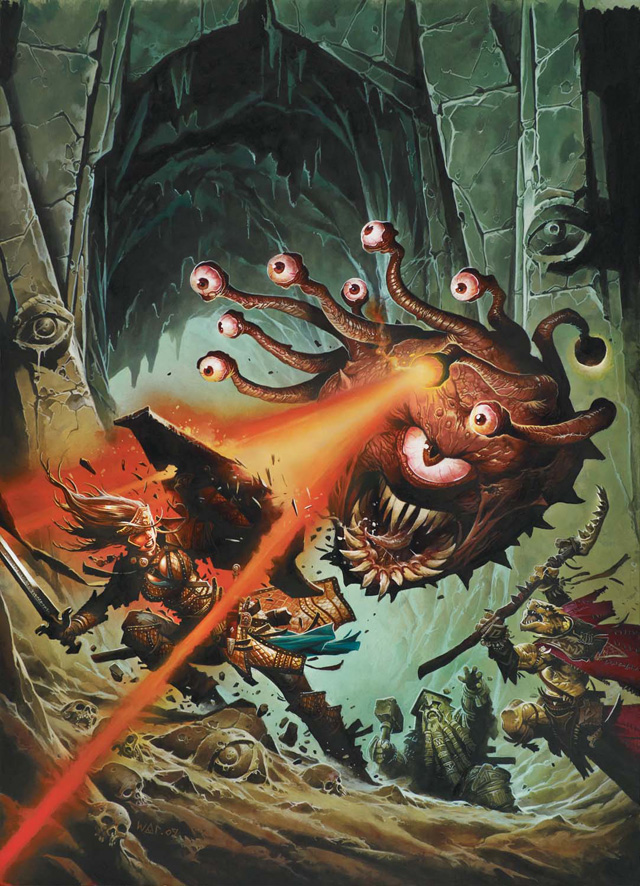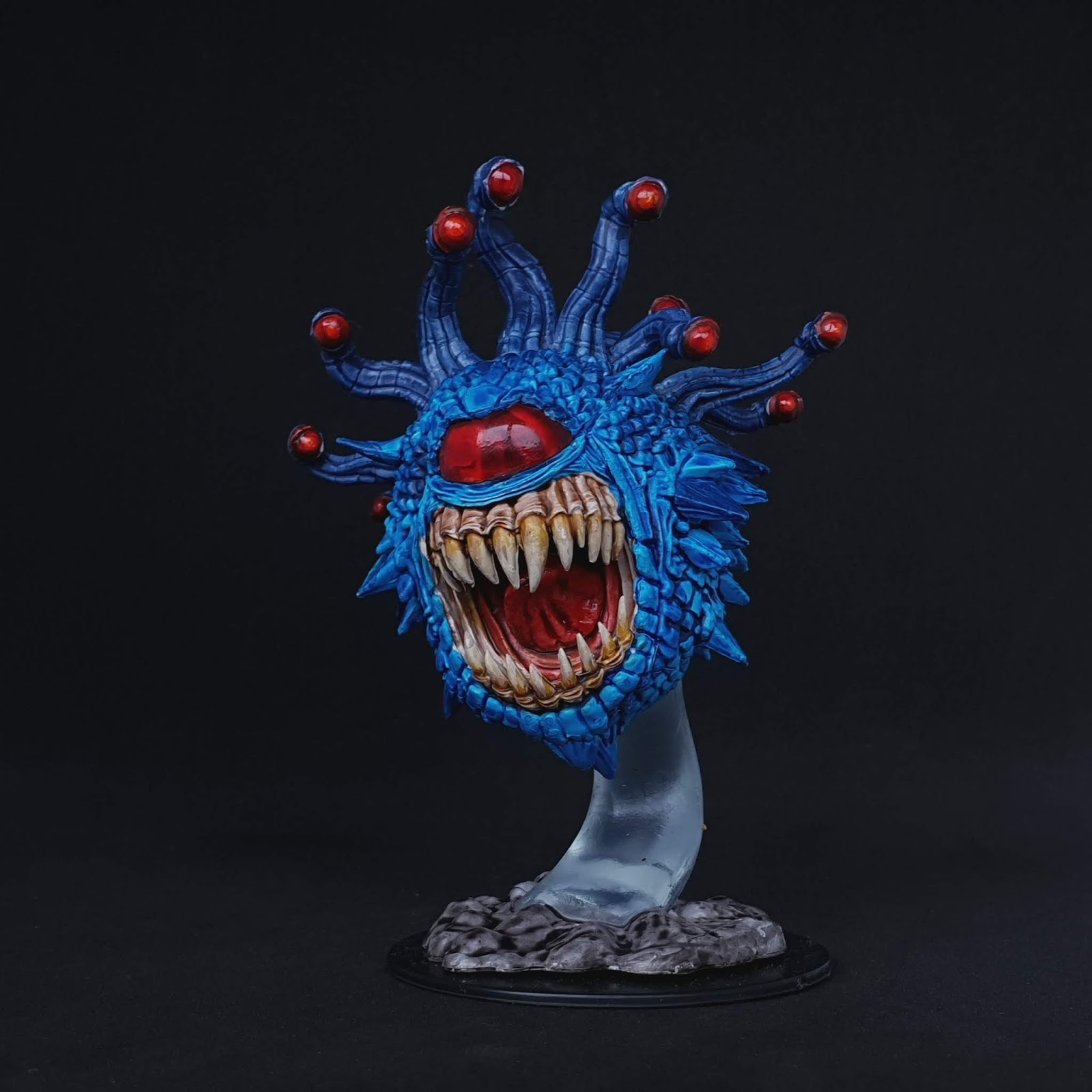
It takes me a few tries, and some early-game ass-kickings, before I come up with a team I like: a fighter, a paladin, a mage, and a cleric/thief.
#THE BEHOLDER MANUAL#
Adventuring parties must be smooth-running machines, efficient in every way, and the manual breaks down the benefits and disadvantages of single and multi-class characters, racial bonuses, and more. Character builds are everything in Eye of the Beholder, and there's no space for witty conversationalists or weakling weirdos with preternatural luck. Throughout the process of building my crew, I am thankful that SSI included a proper rule book with the game, and that GOG bundled a scanned copy (and a scan of the hint book as well) in its version. Of course, "we" don't technically exist until I spend some time with the character creation menu. Characters can be imported from one game to the next and that would certainly add up to a remarkably epic dungeon crawling experience, but it would take more dedication than I bring to the table to get through it. Myth Drannor, on the other hand, was built on a more advanced version of the game engine and is thus more technically adept, but it wasn't developed by Westwood, and the change really shows: It lacks the focus, depth, and magic that made Darkmoon so good. Environments are less interactive, and there's only one save slot. The original is good, but it's essentially Baldur's Gate to the Baldur's Gate 2 that is Legend of Darkmoon. There are two other games in the Eye of the Beholder series: the first, Eye of the Beholder, and EOB3: Assault on Myth Drannor. In my memory, it's still top five stuff, maybe even top three. It is instead an examination of one way in which art and brain science can be equal partners in revealing deep truths about human experience.I played Eye of the Beholder 2: The Legend of Darkmoon when it came out, back in 1992, and it was pure magic-a great dungeon crawler, and perhaps more significantly, far and away the single best D&D experience ever created for a PC, a title it would hold until Baldur's Gate came along. This is not standard neuroaesthetics – the attempt to discover the brain basis of aesthetic experience – nor is it any kind of neuro-fangled ‘theory of art’. By connecting phenomenological insights from these traditions with the cognitive neuroscience of predictive perception, I outline a reciprocal relationship in which art reveals phenomenological targets for neurocognitive accounts of subjectivity, while the concepts of predictive perception may in turn help make mechanistic sense of the beholder’s share.

In this article, I explore the parallels between the Bayesian brain and the beholders’ share, illustrated, somewhat informally, with examples from Impressionist, Expressionist, and Cubist art. Perception becomes a generative act, in which perceptual, cognitive, affective, and sociocultural expectations conspire to shape the brain’s ‘best guess’ of the causes of sensory signals.

The shared idea is that our perceptual experience – whether of the world, of ourselves, or of an artwork – depends on the active ‘top-down’ interpretation of sensory input. In neuroscience, it traces to Helmholtz’s concept of ‘perception as inference’, which is enjoying renewed prominence in the guise of ‘prediction error minimization’ (PEM) or the ‘Bayesian brain’. In art history, this idea is captured by Ernst Gombrich’s ‘beholder’s share’. Science and art have long recognized that perceptual experience depends on the involvement of the experiencer.


 0 kommentar(er)
0 kommentar(er)
